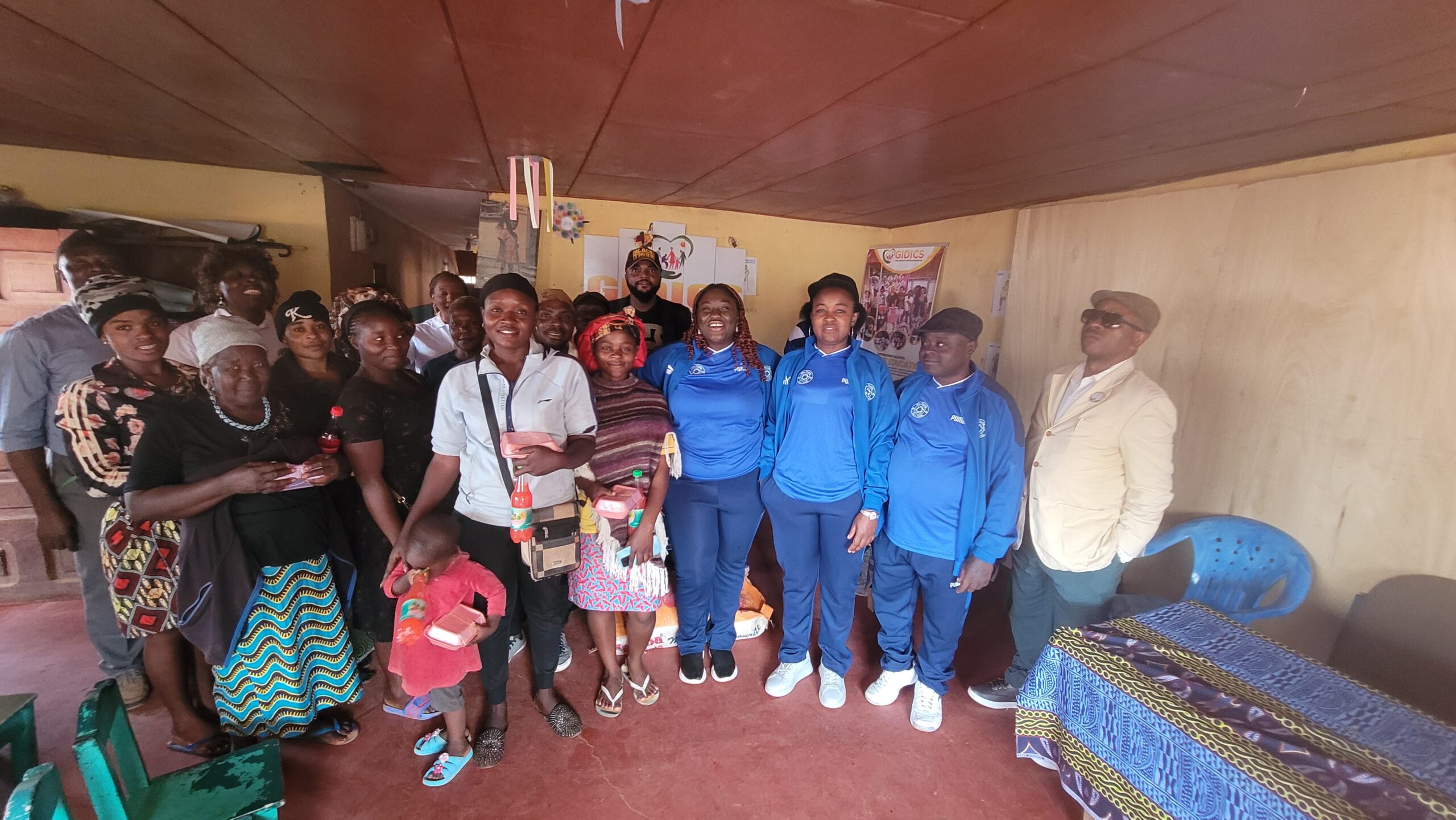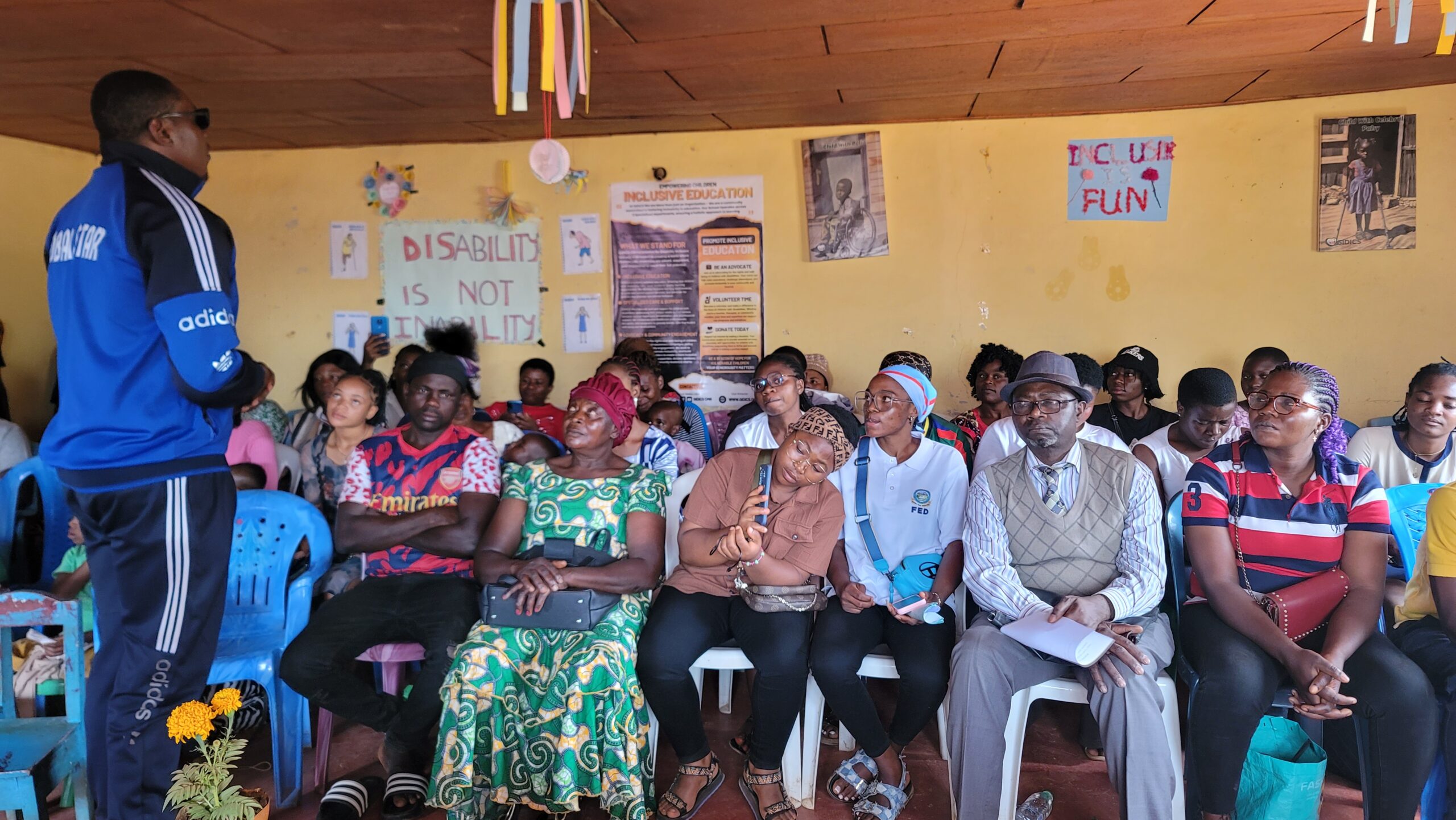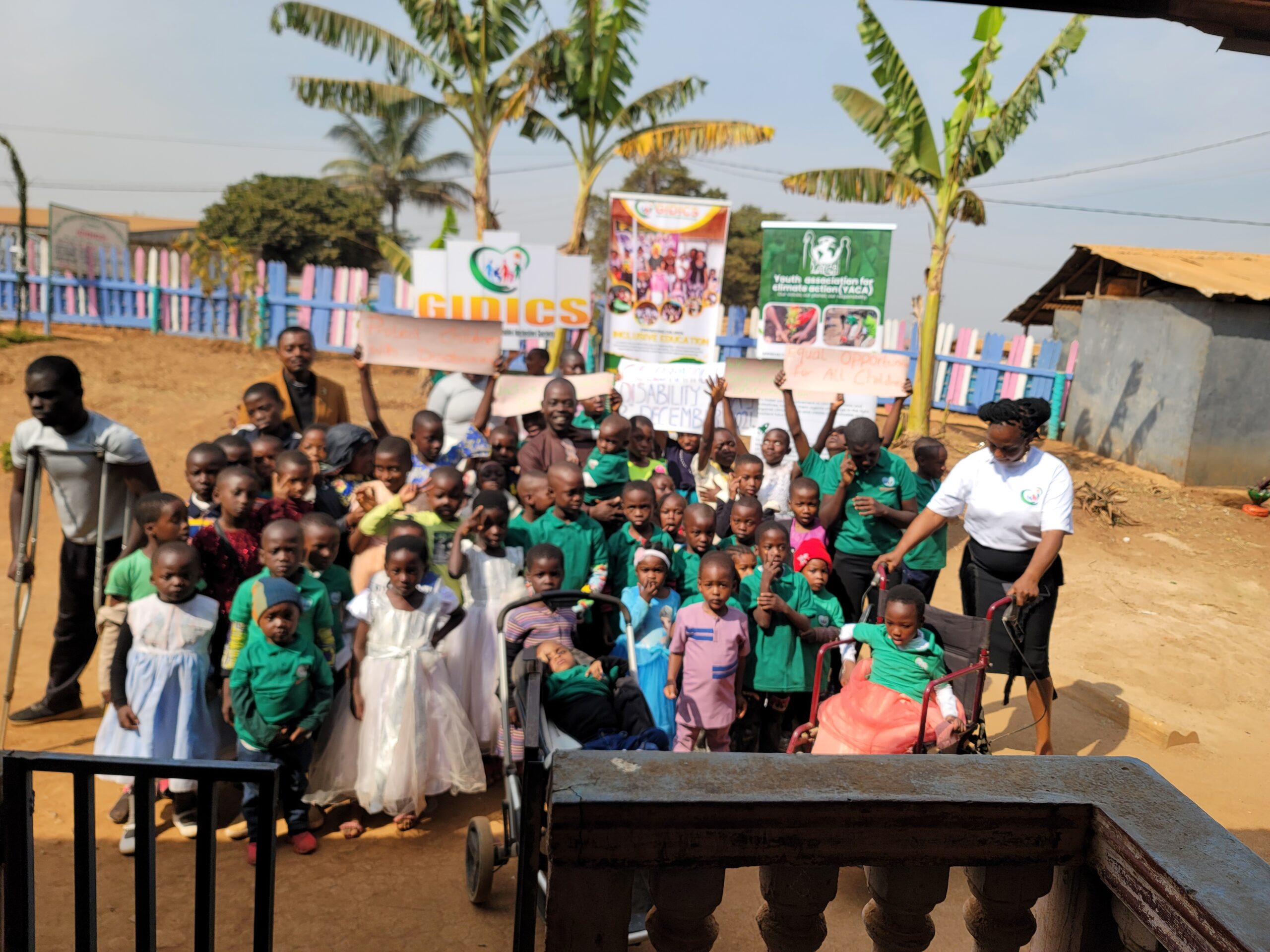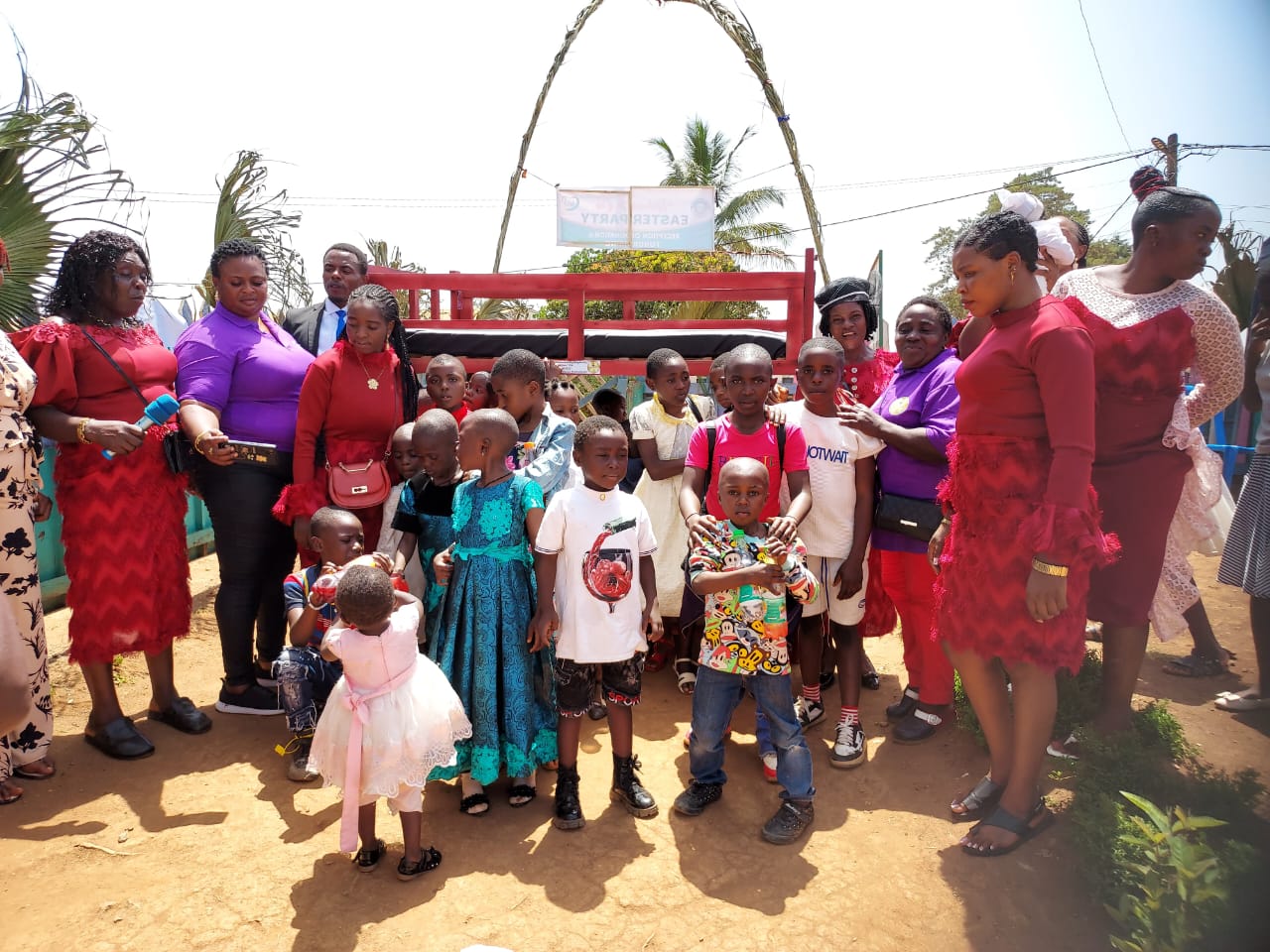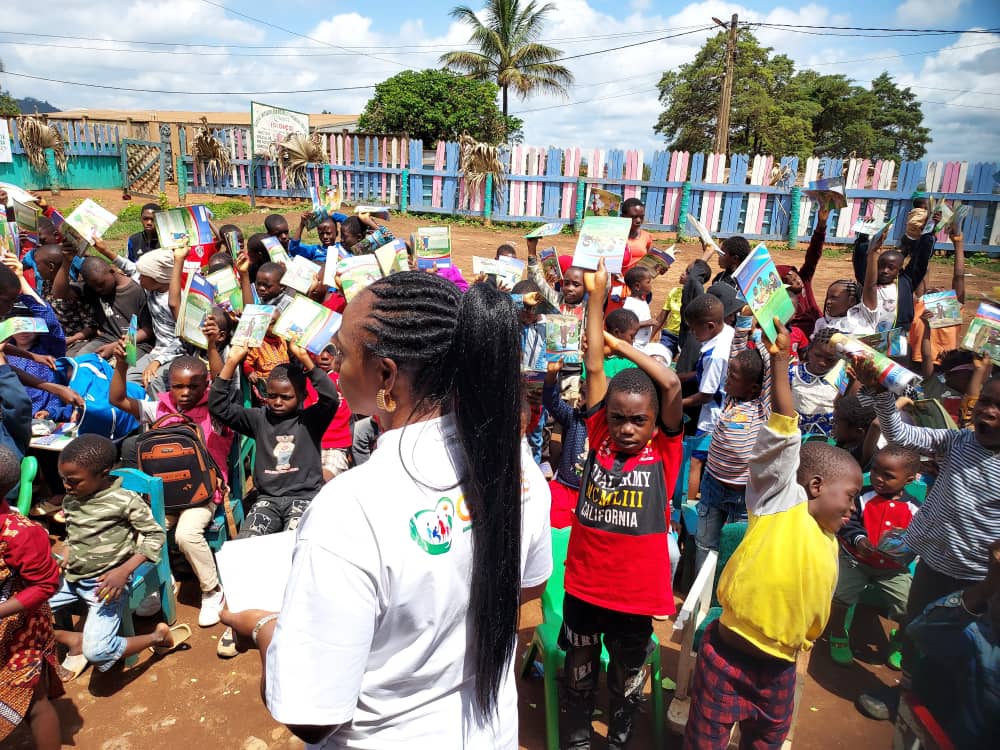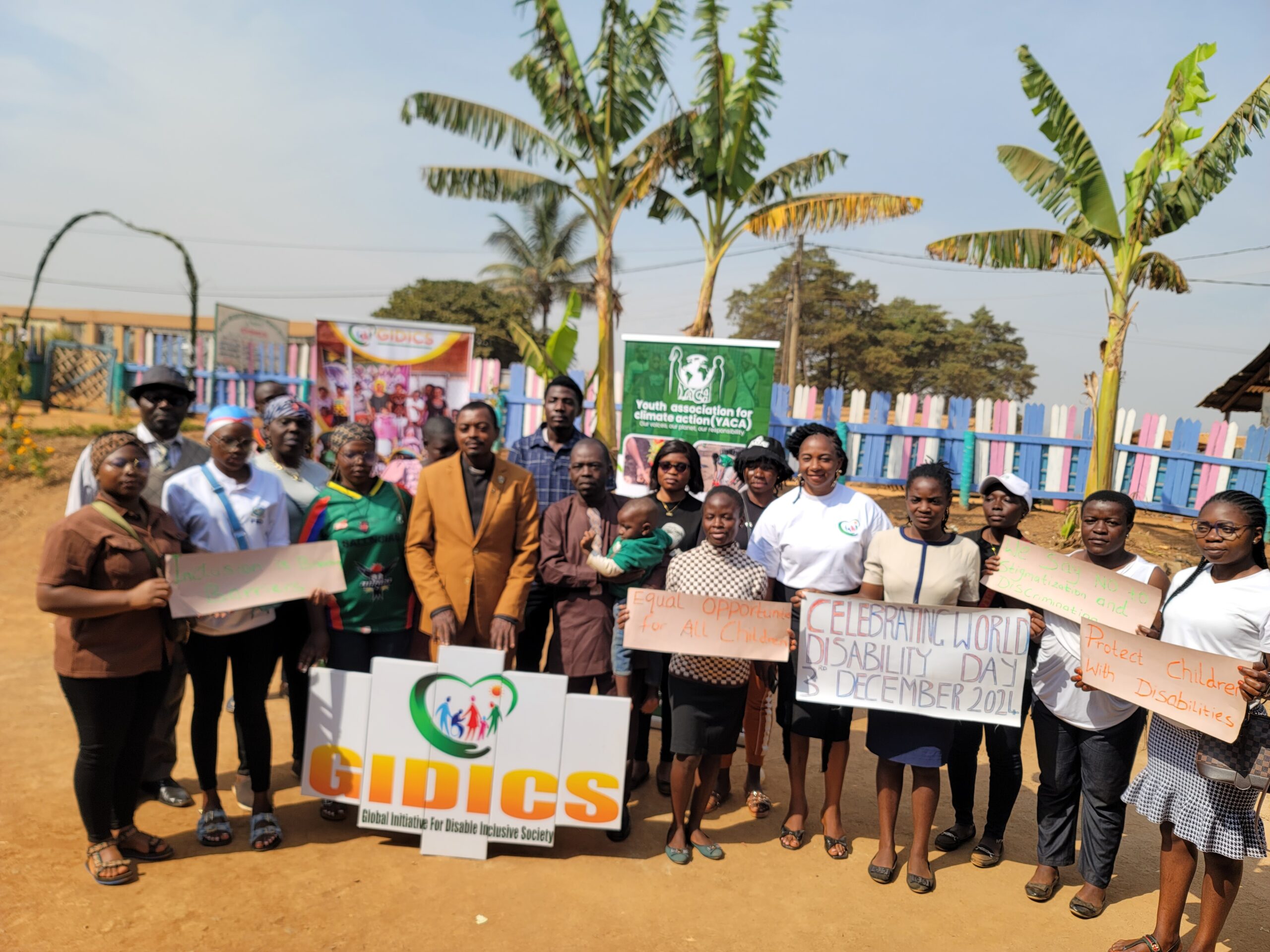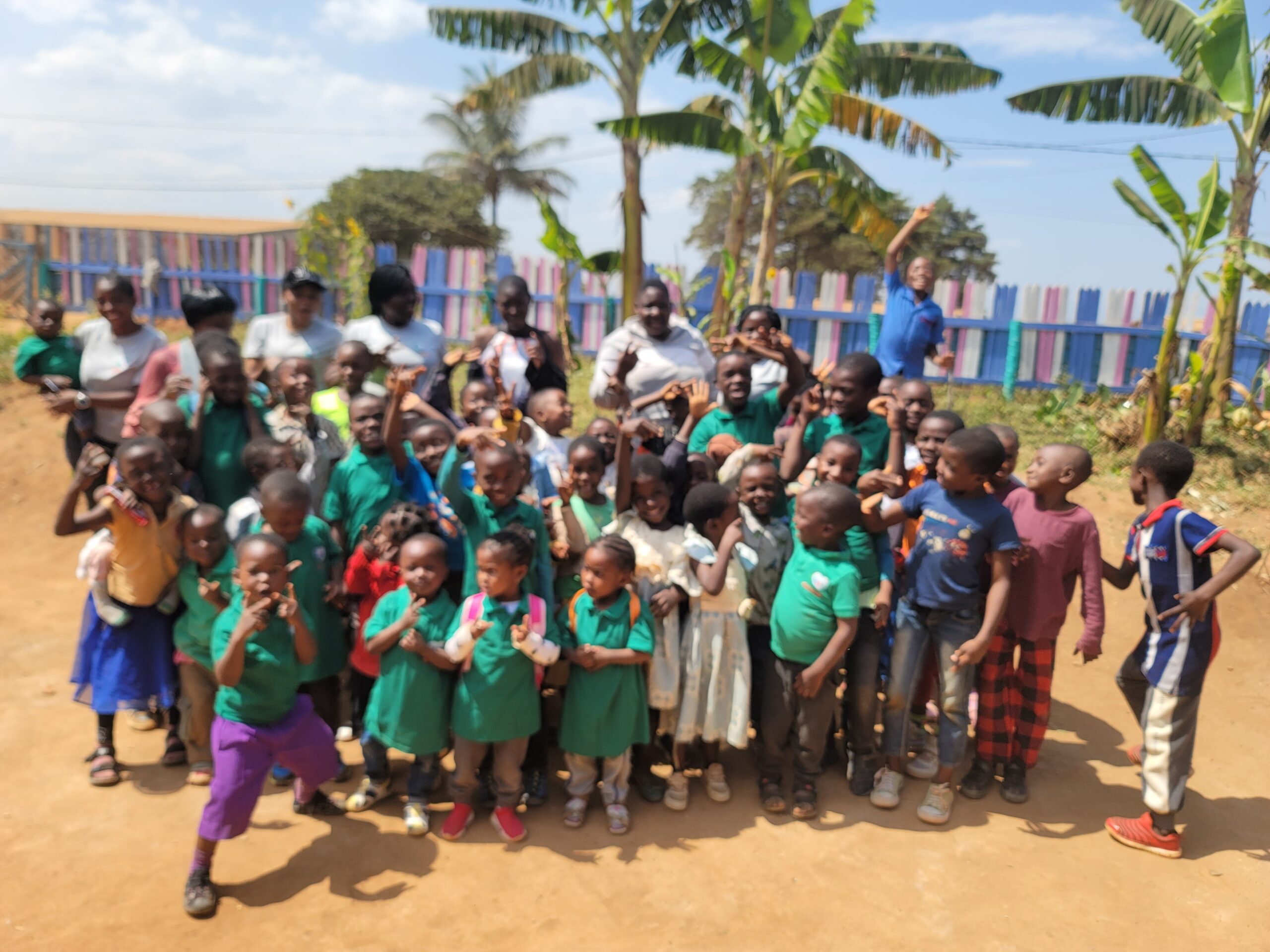FAQ
Need Help?
The Answers to All Your Questions
eiusmod tempor incididunt ut labore.
Most Common Questions
- We will help you with the choice of fund
- Donor satisfaction is guaranteed
- We help companies give well
Support
What is the problem your innovation seeks to address, and how many people experience the problem? Please cite any evidence you have regarding the problem (e.g. evaluations, research reports, etc).
The innovation of GIDICS (Global Initiative for Disability Inclusive Society) seeks to address the systemic neglect and marginalization faced by children with disabilities. According to the World Health Organization (WHO), an estimated 93 million children worldwide live with a disability, and they often encounter barriers to accessing education, healthcare, and social opportunities. Research reports from various organizations, including UNICEF and the International Labour Organization (ILO), highlight the challenges faced by children with disabilities, including discrimination, lack of inclusive education, and limited access to essential services.
Moreover, evaluations conducted by disability rights organizations reveal gaps in policy implementation and insufficient support systems for children with disabilities, leading to their exclusion from mainstream society. These children experience higher rates of poverty, social isolation, and limited opportunities for development compared to their peers without disabilities.
Therefore, GIDICS aims to address this pressing issue by fostering inclusivity, providing specialized care, advocating for policy changes, and creating a supportive environment for children with disabilities to thrive. Through targeted interventions and collaboration with stakeholders, GIDICS seeks to improve the lives of children with disabilities and create a more equitable and inclusive society for all.
what inovations can GIDICS undertake in education for children in conflict zones, the disabled and school drop out
GIDICS can undertake several innovative approaches to address the educational needs of children in conflict zones, those with disabilities, and school dropouts. Here are some potential innovations:
Mobile Education Units: Implementing mobile education units equipped with educational materials, technology, and trained educators to reach children in conflict zones who cannot access traditional schooling due to ongoing conflicts.
Inclusive Learning Materials: Developing inclusive learning materials, such as Braille books, sign language videos, and accessible digital resources, to cater to the diverse needs of children with disabilities in both mainstream and special education settings.
Virtual Learning Platforms: Creating virtual learning platforms that offer interactive and accessible educational content for children with disabilities, allowing them to participate in remote learning regardless of their physical location.
Vocational Training Programs: Establishing vocational training programs tailored to the specific needs and interests of school dropouts, providing them with practical skills and opportunities for employment or entrepreneurship.
Community-Based Education Centers: Establishing community-based education centers in conflict-affected areas, offering flexible learning schedules, psychosocial support, and life skills training to address the unique challenges faced by children living in volatile environments.
Peer Mentorship Programs: Implementing peer mentorship programs where successful graduates or older students support and mentor school dropouts, providing guidance, encouragement, and academic assistance to help them re-engage with education.
Innovative Teaching Methods: Promoting innovative teaching methods, such as experiential learning, project-based learning, and gamification, to make education more engaging and relevant for children with diverse learning needs and backgrounds.
Collaborative Partnerships: Establishing partnerships with local communities, government agencies, non-profit organizations, and private sector entities to leverage resources, expertise, and networks in delivering quality education and support services to vulnerable children.
By implementing these innovative approaches, GIDICS can effectively address the educational challenges faced by children in conflict zones, those with disabilities, and school dropouts, ultimately empowering them to fulfill their potential and contribute positively to their communities.
what innovations can GIDICS undertake in education for children in conflict zones, the disabled and school drop out, care givers and teachers.
GIDICS can undertake various innovative initiatives to enhance education for children in conflict zones, those with disabilities, school dropouts, caregivers, and teachers. Here are some potential innovations:
Mobile Education Units: Deploying mobile education units equipped with educational materials, technology, and trained educators to provide learning opportunities to children in conflict zones. These units can also offer training sessions for caregivers and teachers on trauma-informed teaching practices and inclusive education.
Inclusive Learning Technologies: Developing accessible and inclusive learning technologies, such as educational apps, assistive devices, and adaptive software, to support children with disabilities in their learning journey. Providing training sessions for teachers and caregivers on how to effectively integrate these technologies into the classroom.
Psychosocial Support Programs: Implementing psychosocial support programs for children affected by conflict, disabilities, or trauma, as well as for their caregivers and teachers. These programs can include counseling services, support groups, and resilience-building activities to promote emotional well-being and academic success.
Flexible Learning Models: Introducing flexible learning models, such as blended learning, distance education, and non-formal education programs, to accommodate the diverse needs and circumstances of children in conflict zones, those with disabilities, and school dropouts. Providing training for teachers and caregivers on how to implement these models effectively.
Teacher Training and Capacity Building: Offering comprehensive teacher training programs focused on inclusive education, child-centered teaching methodologies, and special needs education. Providing ongoing professional development opportunities for teachers and caregivers to enhance their skills and knowledge in supporting diverse learners.
Community-Based Education Centers: Establishing community-based education centers that serve as safe and inclusive spaces for children to access quality education, psychosocial support, and life skills training. These centers can also provide resources and training for caregivers on effective parenting strategies and child development.
Parent and Caregiver Empowerment Programs: Organizing workshops, seminars, and support groups for parents and caregivers to enhance their understanding of child development, disability rights, and effective caregiving practices. Providing resources and tools to empower caregivers to advocate for their children’s educational needs.
Collaborative Partnerships: Forming collaborative partnerships with local governments, non-profit organizations, community leaders, and other stakeholders to leverage resources, expertise, and networks in addressing the educational needs of children in conflict zones, those with disabilities, and school dropouts. These partnerships can facilitate the development and implementation of innovative educational initiatives tailored to the specific needs of each group.
By implementing these innovative initiatives, GIDICS can contribute to creating inclusive, empowering, and supportive learning environments for children in conflict zones, those with disabilities, school dropouts, caregivers, and teachers, ultimately enabling them to reach their full potential and thrive academically, emotionally, and socially.
what form of innovation can be given to children with mental disabilities and other forms of disabilities
For children with mental disabilities and other forms of disabilities, innovative approaches to education and support can significantly improve their quality of life and well-being. Here are some forms of innovation that can be beneficial:
Assistive Technologies: Develop and implement assistive technologies tailored to the specific needs of children with disabilities, including those with mental disabilities. This can include communication devices, sensory aids, mobility devices, and adaptive software to support learning, communication, and daily living activities.
Individualized Education Plans (IEPs): Implement individualized education plans that address the unique strengths, needs, and goals of each child with a disability. These plans should be collaborative, involving input from parents, teachers, therapists, and other professionals to ensure holistic support and meaningful progress.
Universal Design for Learning (UDL): Apply the principles of universal design for learning to create inclusive learning environments that accommodate diverse learning styles, abilities, and preferences. This involves providing multiple means of representation, expression, and engagement to ensure all students can access and participate in learning activities.
Sensory-friendly Environments: Design sensory-friendly environments in schools, classrooms, and community spaces to minimize sensory overload and support the sensory needs of children with disabilities, including those with autism spectrum disorders and sensory processing disorders.
Peer Support Programs: Implement peer support programs that promote social inclusion, empathy, and understanding among students with and without disabilities. Peer mentors or buddies can provide friendship, encouragement, and assistance to children with disabilities, fostering positive relationships and a sense of belonging.
Trauma-informed Practices: Incorporate trauma-informed practices into education and support services for children with disabilities who have experienced trauma or adverse childhood experiences. This involves creating safe, supportive, and predictable environments that promote healing, resilience, and positive relationships.
Family and Community Engagement: Engage families and communities as partners in the education and support of children with disabilities. Provide resources, training, and opportunities for families to advocate for their children’s needs, access support services, and participate in decision-making processes.
Professional Development: Offer professional development opportunities for educators, therapists, and other professionals working with children with disabilities to enhance their knowledge, skills, and attitudes towards inclusive practices, trauma-informed care, and evidence-based interventions.
By embracing these innovative approaches, we can create more inclusive, supportive, and empowering environments for children with mental disabilities and other forms of disabilities, enabling them to thrive and reach their full potential.
Tell us what is new or different about your solution? (Please imagine you’re explaining this to someone who is not familiar with your country / context and with the education sector). What makes your innovation innovative?
Our solution at GIDICS (Global Initiative for Disability Inclusive Society) is innovative in several ways:
Holistic Approach: Unlike traditional approaches that often focus solely on academic achievement, our solution takes a holistic approach to education and support. We recognize that children with disabilities require comprehensive support across various domains, including academic, social, emotional, and physical development. By addressing the diverse needs of children with disabilities, we promote their overall well-being and success.
Inclusivity: Our innovation prioritizes inclusivity by ensuring that all children, regardless of their abilities or backgrounds, have access to quality education and support services. We embrace diversity and celebrate the unique strengths and contributions of each child, fostering a culture of acceptance, respect, and belonging.
Tailored Interventions: We understand that one size does not fit all when it comes to supporting children with disabilities. Therefore, we offer tailored interventions and individualized support plans that address the specific needs, strengths, and goals of each child. This personalized approach ensures that children receive the support and resources they need to thrive academically and beyond.
Collaboration and Partnerships: Our innovation involves collaboration and partnerships with various stakeholders, including educators, parents, caregivers, therapists, and community organizations. By working together, we leverage collective expertise, resources, and networks to create a more supportive and inclusive environment for children with disabilities.
Innovation in Technology: We harness the power of technology to enhance learning experiences and accessibility for children with disabilities. From assistive technologies to online learning platforms, we leverage innovative tools and resources to overcome barriers and create new opportunities for learning and engagement.
Overall, what sets our solution apart is its commitment to inclusivity, personalized support, collaboration, and innovation. By embracing these principles, we strive to create a more equitable and inclusive education system where every child has the opportunity to reach their full potential.
in 1000 characters describe how these innovations involves Artificial Intelligence and Education in Crisis or Conflict
Our innovations at GIDICS leverage Artificial Intelligence (AI) to address the unique challenges faced by children in crisis or conflict situations, particularly in the realm of education. AI-powered tools and technologies enable us to provide personalized and adaptive learning experiences tailored to the diverse needs and circumstances of children affected by conflict. These innovations include AI-driven educational platforms that offer interactive and engaging content, virtual tutors or assistants that provide real-time support and feedback, and data analytics tools that help monitor and evaluate learning progress. Additionally, AI-powered chatbots and virtual agents serve as virtual mentors and counselors, offering psychosocial support and guidance to children coping with trauma and stress. By harnessing the potential of AI in education, we can overcome barriers to learning, improve access to quality education in crisis-affected areas, and empower children to thrive amidst adversity.
Help Us to Make Difference
Let’s Stand for the People Who
in Needs
Sit amet aliquam id diam maecenas ultricies.
